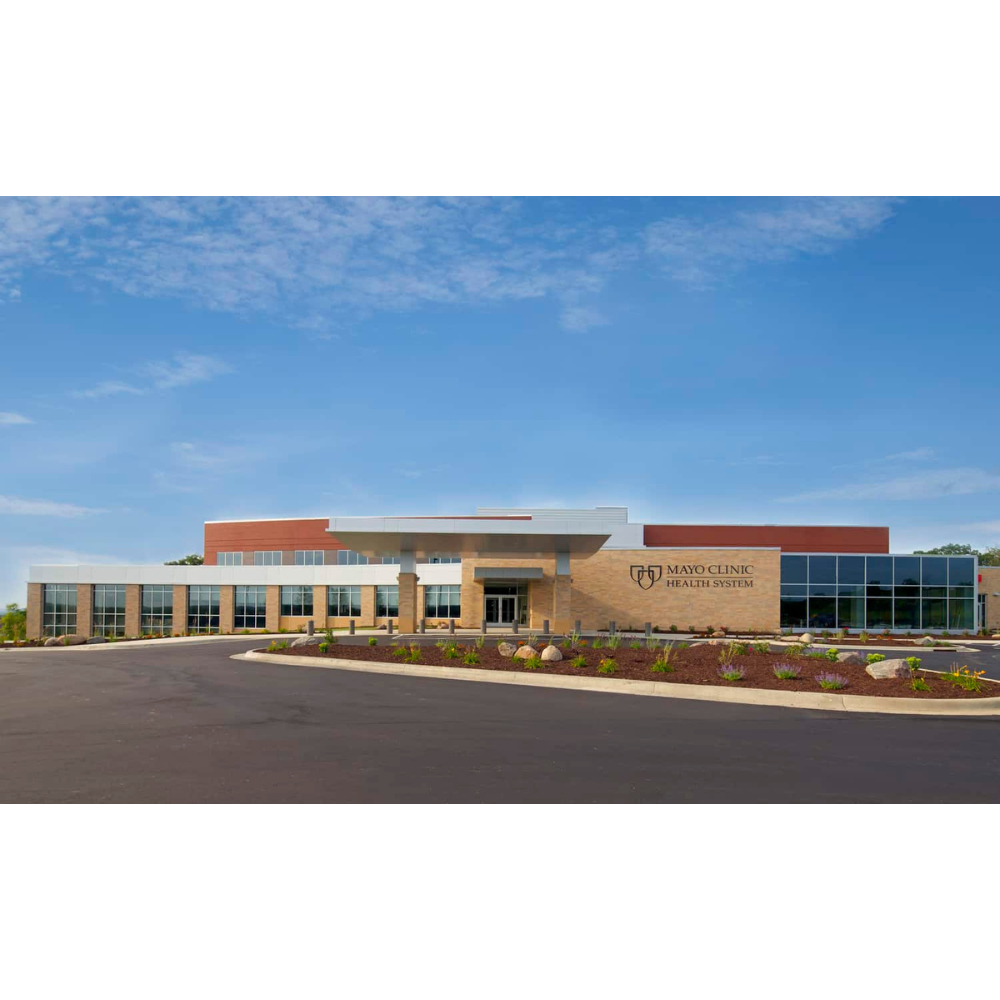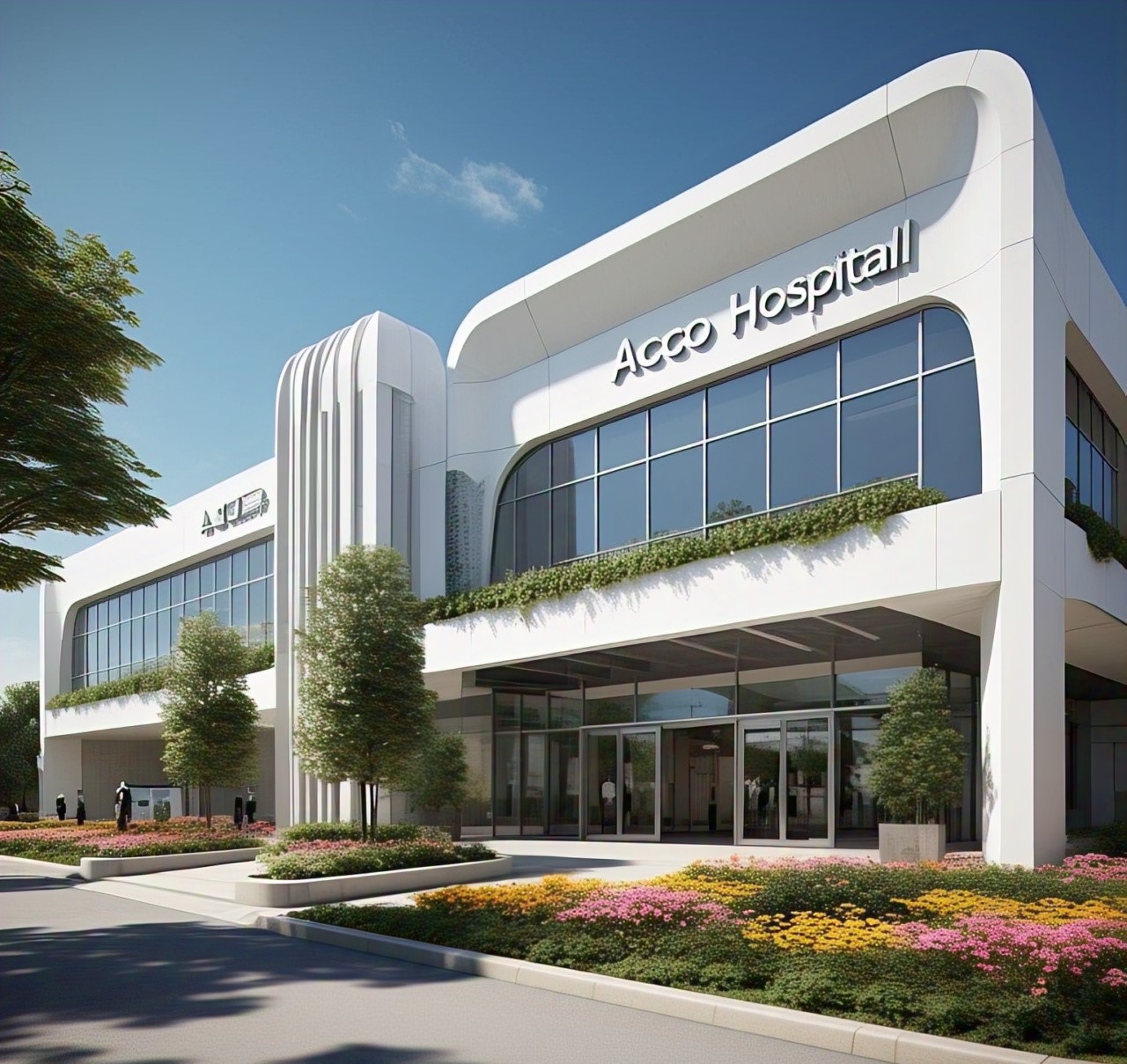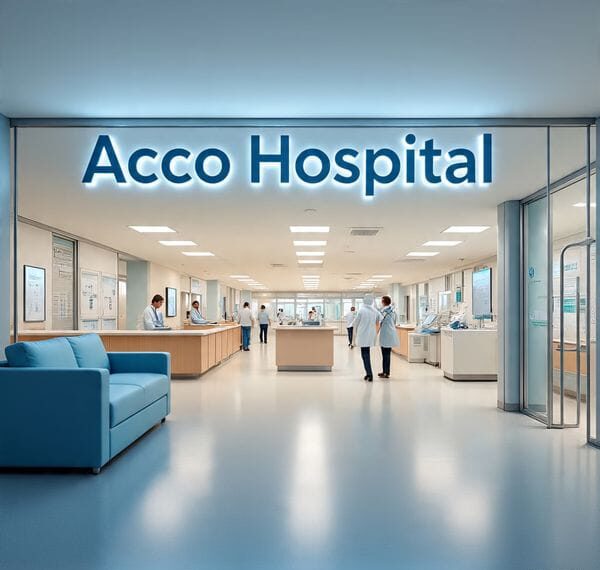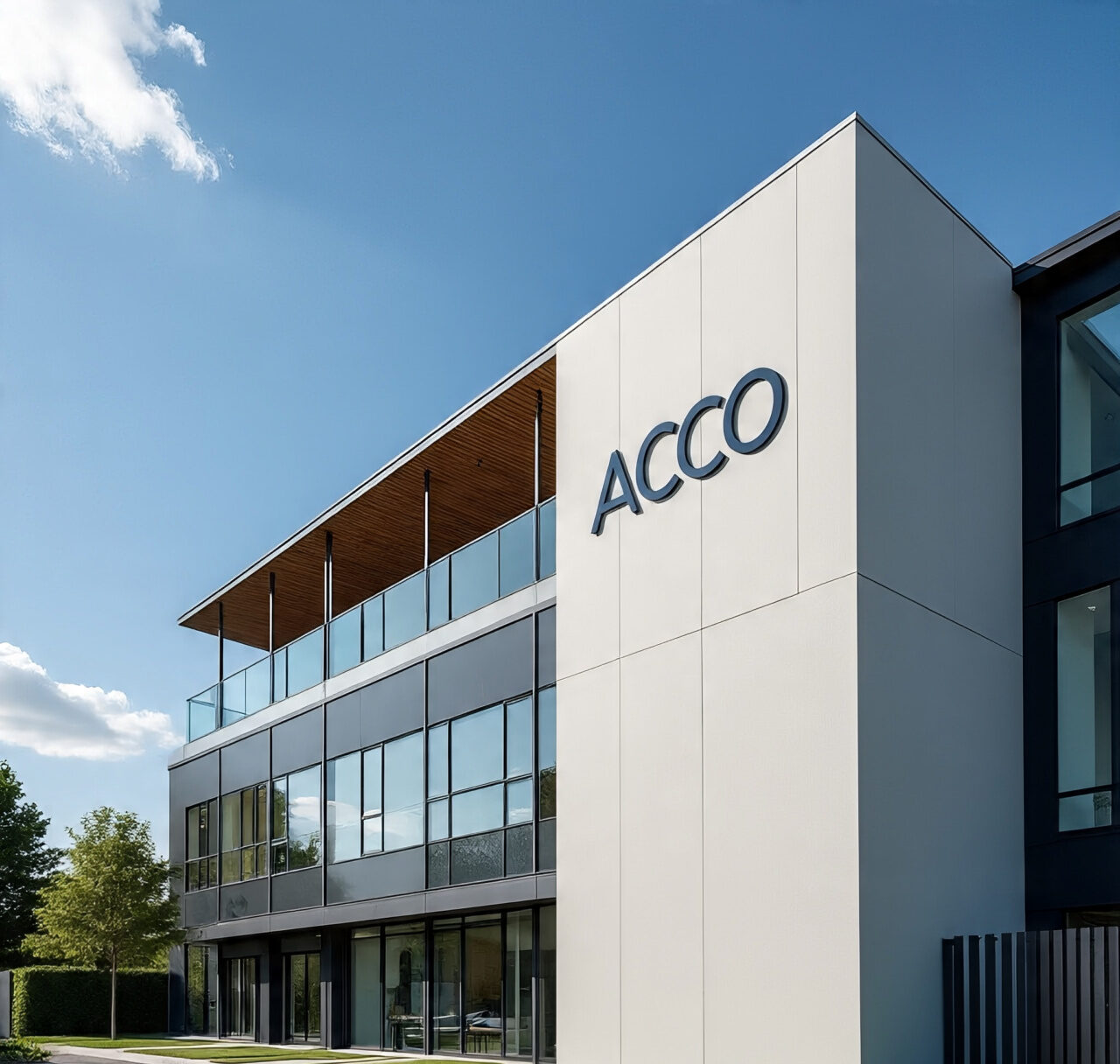
TEACHING HOSPITAL AND MEDICAL CENTER DESIGN SERVICES ANY WHERE IN THE WORLD
Designing a teaching hospital and medical center involves integrating clinical services, educational facilities, and research capabilities into a single, cohesive environment. This complex task requires balancing patient care, academic needs, and cutting-edge research. Here’s a comprehensive guide to the design and planning process for a teaching hospital and medical center applicable worldwide:
1. Needs Assessment
- Healthcare Needs: Analyze local health statistics, patient demographics, and community needs.
- Academic Requirements: Consult with medical educators, researchers, and students to determine academic and research needs.
- Stakeholder Engagement: Engage with healthcare professionals, academic staff, students, and the community to gather input.
2. Site Selection and Planning
- Location: Choose a site that is accessible to patients, students, and staff, with proximity to other medical and educational facilities.
- Environmental Impact: Conduct an environmental assessment to ensure sustainable development and minimal disruption.
3. Architectural Design
- Space Planning:
- Patient Care Areas: Inpatient wards, outpatient clinics, emergency department, surgical suites, intensive care units, diagnostic and imaging centers.
- Educational Facilities: Lecture halls, classrooms, simulation labs, skills labs, and libraries.
- Research Facilities: Laboratories, research offices, and conference rooms.
- Common Areas: Lounges, cafeterias, and collaborative spaces for students, staff, and visitors.
- Support Areas: Administrative offices, staff rooms, storage, and maintenance areas.
4. Compliance and Standards
- Regulatory Requirements: Ensure adherence to local building codes, health and safety standards, and accreditation requirements for medical education.
- Accessibility: Design for accessibility for patients, staff, and students, including those with disabilities.
5. Sustainable Design
- Energy Efficiency: Use sustainable building materials, energy-efficient systems, and renewable energy sources.
- Natural Light and Ventilation: Maximize the use of natural light and ensure good air quality.
- Waste Management: Implement robust waste management systems, including recycling and safe disposal of medical and research waste.
6. Interior Design and Equipment
- Patient-Centric Design: Create a comfortable, healing environment with private rooms, natural light, and calming décor.
- Educational Technology: Equip classrooms and labs with state-of-the-art technology for interactive learning.
- Research Equipment: Ensure laboratories are equipped with advanced research tools and technology.
- Comfort and Privacy: Design spaces to ensure comfort and privacy for patients, staff, and students.
7. Safety and Security
- Fire Safety: Install fire alarms, sprinklers, and ensure clear emergency exits.
- Security Systems: Implement surveillance cameras, secure entry systems, and robust protocols for patient, staff, and student safety.
8. Information Technology
- Health Information Systems: Integrate advanced EHR systems for managing patient records.
- Educational and Research IT Systems: Ensure robust IT infrastructure for reliable connectivity, data management, and telemedicine capabilities.
- Networking: Ensure high-speed internet and intranet connectivity throughout the facility.
9. Construction and Project Management
- Contractors and Subcontractors: Choose professionals with experience in healthcare and educational facility construction.
- Project Timeline: Develop a realistic timeline with key milestones for construction, equipment installation, and staff training.
- Budget Management: Monitor and manage expenses effectively, ensuring financial accountability.
10. Post-Construction
- Staff Training: Provide comprehensive training for clinical, academic, and research staff on new facilities and equipment.
- Maintenance Plan: Establish a regular maintenance schedule for the facility and equipment.
- Community Outreach: Inform the community about the services offered by the teaching hospital and medical center, and engage in health education initiatives.
Example Layout for a Teaching Hospital and Medical Center
Ground Floor
- Entrance Lobby: Reception, information desk, and visitor seating.
- Emergency Department: Triage, treatment rooms, and observation areas.
- Outpatient Clinics: Consultation rooms, diagnostic labs, and treatment areas.
- Imaging and Diagnostic Centers: X-ray, MRI, CT scan facilities.
Upper Floors
- Inpatient Wards: Private and semi-private rooms with family accommodations.
- Intensive Care Units: Adult, pediatric, and neonatal intensive care units.
- Surgical Suites: Operating rooms and post-operative recovery areas.
- Educational Facilities: Lecture halls, classrooms, simulation labs, and libraries.
- Research Facilities: Laboratories, research offices, and conference rooms.
- Administrative Offices: Offices for hospital and academic staff, meeting rooms.
Outdoor Areas
- Gardens and Courtyards: Therapeutic gardens with walking paths, benches, and shaded areas for relaxation.
- Parking: Adequate parking for patients, staff, students, and visitors.
Cultural Considerations
- India: Incorporate local architectural styles and cultural elements, ensuring facilities accommodate large family visits and traditional healing practices.
- UK: Follow the National Health Service (NHS) guidelines, incorporating designs that reflect local architecture and climate.
- USA: Adhere to guidelines from the American Medical Association (AMA) and other relevant bodies, focusing on advanced technology integration and patient-centered care.
Would you like more detailed information on a specific aspect of the teaching hospital design, or need assistance with a particular project?
4o
Comments
0 Likes




